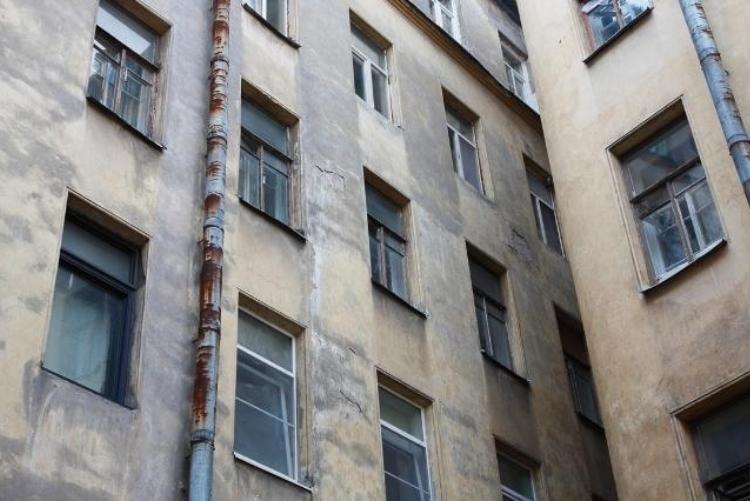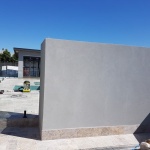Cement Render on Old Buildings
Cement render is an increasingly popular addition to housing. With benefits like an increase in aesthetic appeal and protection of the underlying substructure this increase in popularity, more questions are being asked about cement renderings compatibility with different building surfaces. As time moves forward, so does the composition of the building materials used in construction.
Over time, there have been many different types of building materials used. Choosing compatible materials when it comes to rendering is very important. To avoid unnecessary bumps along the way that could ultimately cost a fair bit to repair, learning about what works with what helps in the long term. Many older buildings, including listed buildings, are simply not compatible with cement-based render. In this article, we aim to outline the main problems associated with applying render to some older buildings.

Why Cement Render May Not Suit Older Structures
Unlike modern homes built with cavity walls and moisture barriers, older buildings often rely on solid walls and highly breathable materials. Traditional construction methods were designed to allow moisture to move freely in and out of the walls. Materials like lime mortar supported this process, allowing water to evaporate naturally from wind, sunlight, and internal heating.
Cement render, by contrast, is much more rigid and has higher water resistance. While this can be beneficial in new builds, it often traps moisture in older walls that were never designed to be sealed. Over time, this can lead to:
- Rising damp and trapped condensation
- Cracking or detachment of the render
- Decay of bricks or stone underneath
- Damage to internal finishes
Even small areas of inappropriate cement based render can disrupt the entire moisture balance of an older building.
Breathability Is Key
For pre-1940s homes, particularly those with lime mortar, it’s critical that any render or finish applied allows the building to “breathe.” Cement render, unless specifically formulated for breathability or blended with lime, typically prevents this.
If your home was built before the widespread use of modern damp-proofing methods, using a non-breathable render could accelerate structural deterioration rather than prevent it.
Breathable Alternatives for Old Buildings
- Flexible and breathable
- Allows moisture to escape
- Compatible with older brick and stone
Always Assess Existing Materials
Before applying any render to an old building, it’s essential to:
- Identify the wall construction – solid or cavity, brick type, mortar composition
- Understand the building’s moisture behaviour
- Consider existing render and alternative render finishes, such as lime based render, which are better suited to heritage homes
Without a proper assessment, applying cement render could result in costly repairs and long-term damage.
Frequently Asked Questions
Q: Can you put cement render on old brickwork?
Q: What’s the best render for heritage buildings?
Q: How can I tell if my house has cement render?
Q: Can cement render be removed safely?
Trust the Experts at Zaks Render
There are many variables to take into account when it comes to the application of cement render. Weather conditions, how it is applied and what kind of surface it is applied on all influence the end result of the project. With this in mind, it is often best to leave it to the professionals. If you have any concerns regarding the inappropriate use of cement or lime renders on an older building, we are happy to help. We have decades of experience working with everything from hard and soft bricks, to the quality application and removing of render. For a consultation and a free quote, get in touch with us online or simply give us a call today on 0402 283 119. We look forward to hearing from you!



